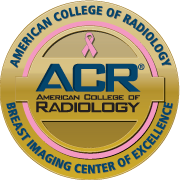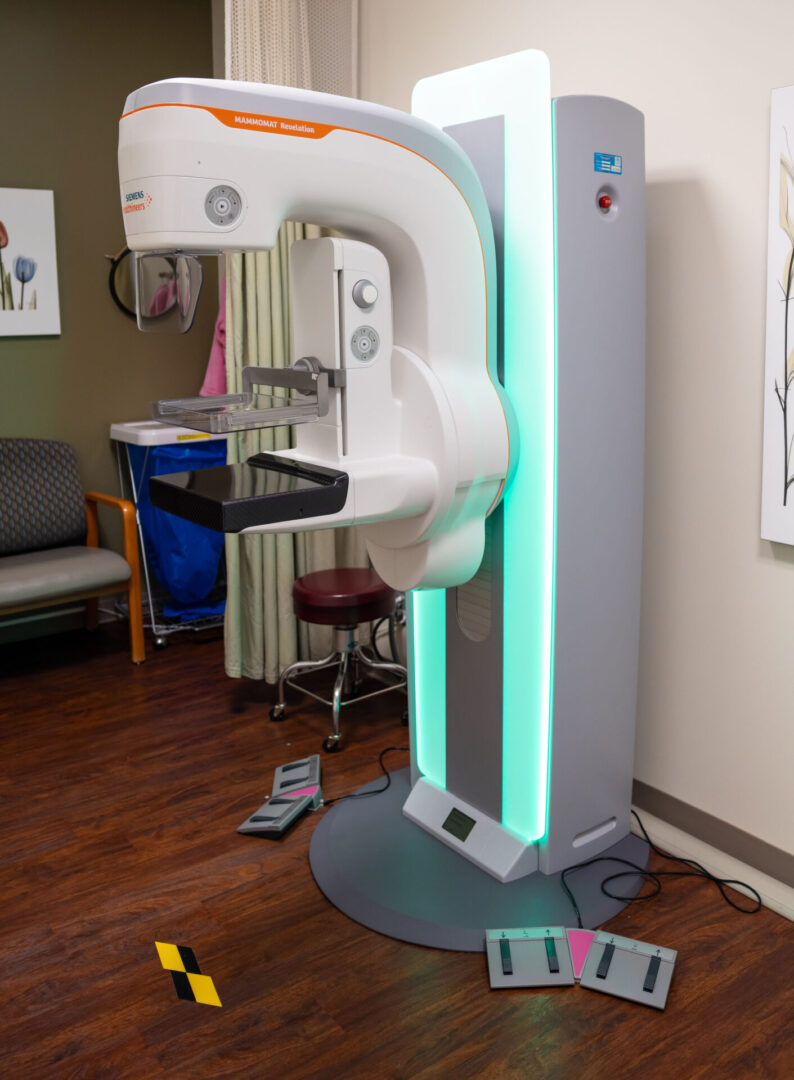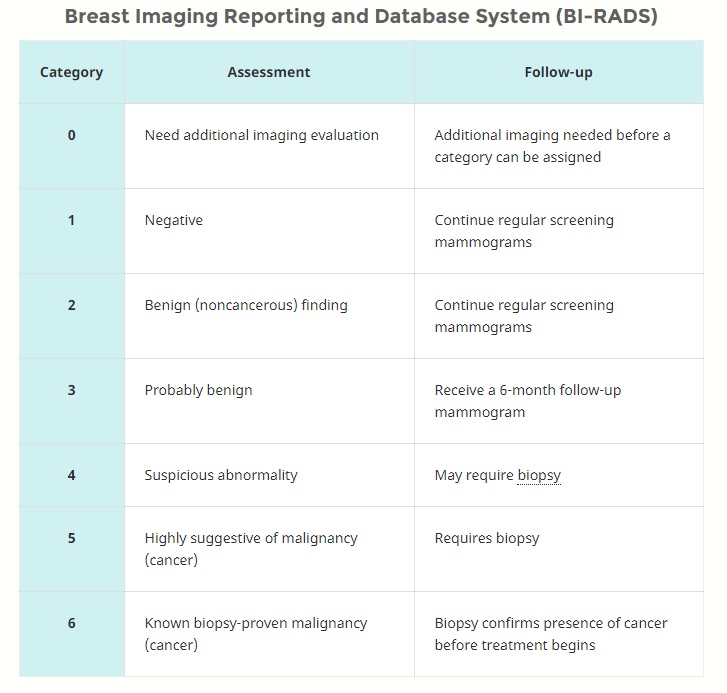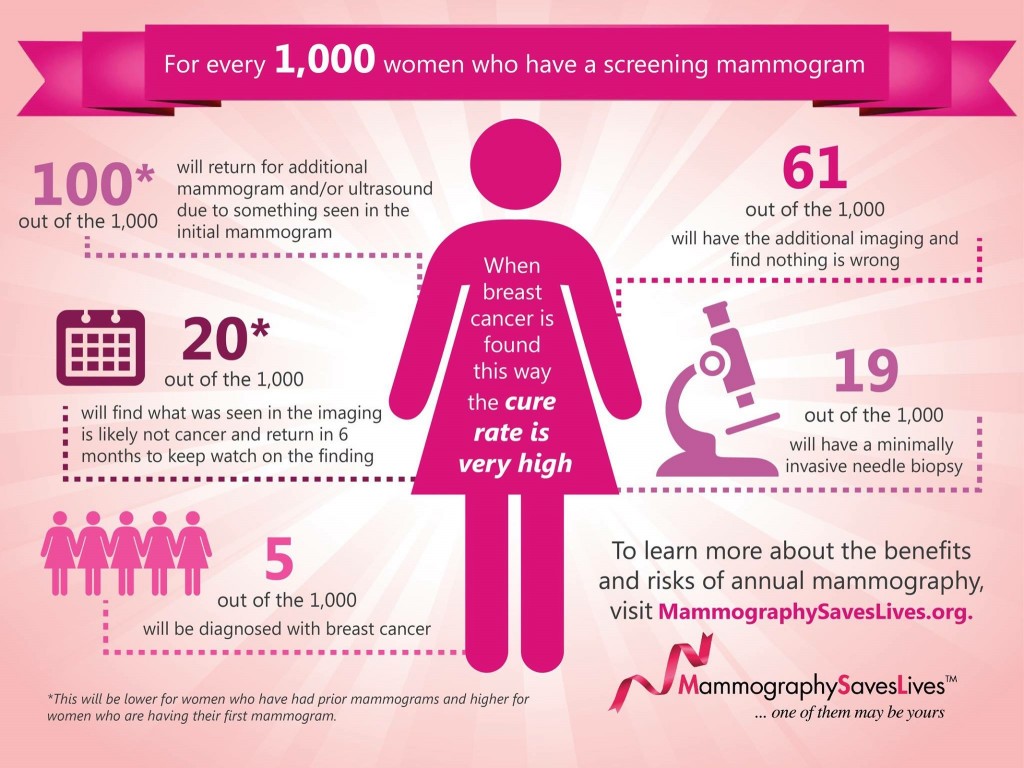Mammography
ACR Accredited
At Melissa Memorial Hospital, we offer Mammograms every weekday throughout the year. We are ACR accredited and offer both 2D and 3D screening and diagnostic Mammography. We also have a “Pink-Out” program that can help pay for your mammogram if you meet the qualifications so your mammogram could be completely covered even if you don’t have insurance. Screening mammograms at Melissa Memorial Hospital can be done by self-referral, meaning you do NOT need a doctor’s order to schedule. You can simply call us at any time and get one scheduled at 970-854-2241 ext. 2880.
If you are a provider needing to fax orders or a facility requesting prior imaging, please fax your request to Radiology at 970-854-4370.


What is a Mammogram?
A mammogram is an x-ray picture of the breast. Mammograms can be used to check for breast cancer in women who have no signs or symptoms of the disease. This type of mammogram is called a screening mammogram. Screening mammograms usually involve two or more x-ray pictures, or images, of each breast. The x-ray images often make it possible to detect tumors that cannot be felt. Screening mammograms can also find microcalcifications (tiny deposits of calcium) that sometimes indicate the presence of breast cancer.
Mammograms can also be used to check for breast cancer after a lump or other sign, or symptom of the disease has been found. This type of mammogram is called a diagnostic mammogram. Besides a lump, signs of breast cancer can include breast pain, thickening of the skin of the breast, nipple discharge, or a change in breast size or shape; however, these signs may also be signs of benign conditions. A diagnostic mammogram can also be used to evaluate changes found during a screening mammogram or to view breast tissue when it is difficult to obtain a screening mammogram because of special circumstances, such as the presence of breast implants.
How Are Screening & Diagnostic Mammograms Different?
The same machines are used for both types of mammograms. However, diagnostic mammography takes longer to perform than screening mammography. The total dose of radiation is higher because more x-ray images are needed to obtain views of the breast from several angles. The technologist may magnify a suspicious area to produce a detailed picture that can help the doctor make an accurate diagnosis.
BI-RADS also includes four categories of breast density that may be reported. The radiologist who reads the mammogram chooses the category that best describes the level of breast density seen on the mammogram film. The categories, from the least amount of breast density to the highest, are as follows:
The breasts are almost entirely fatty
There are scattered areas of dense glandular tissue and fibrous connective tissue(together known as fibroglandular density)
The breasts are heterogeneously dense, which means they have more of these areas of fibroglandular density. This may make it hard to see small masses in the breast tissue on a mammogram
The breasts are extremely dense, making it hard to see tumors in the breast tissue on a mammogram


What Should Women With Breast Implants Do About Screening Mammograms?
Women with breast implants should continue to have mammograms. (A woman who had an implant following a mastectomy should ask her doctor whether a mammogram of the reconstructed breast is necessary.)
Implants can hide some breast tissue, making it more difficult for the radiologist to detect an abnormality on the mammogram. It is important to let the mammography facility know about breast implants when scheduling a mammogram. If the technologist performing the procedure is aware that a woman has breast implants, steps can be taken to ensure that as much breast tissue as possible can be seen on the mammogram. A special technique called implant displacement views may be used.

